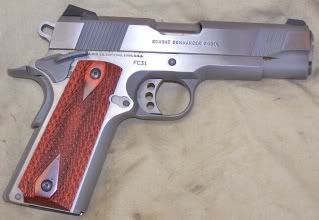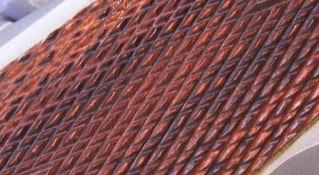I prefer the series 70 guns as well ....( companies like Wilson Combat make a lot of series 70's guns still ).....and looking at the online catalog, Colt has at least one decent looking model in series 70, a Colt Gold cup match...
Its my opinion that the series 80 issue...fixed a non-existent problem / I carry a Wilson CQB 5" gun ( series 70 ) all the time../ and I have another Wilson series 70 gun ( 5" Protector ) in 9mm that I've had for about 9 yrs now ...with a little over 82,000 rds thru it ...and while I have not dropped them / I don't look it as a serious issue.
I also think the new Colts are pretty good looking guns in terms of fit and finish / I've taken a couple of them apart --- and they were way better than anything Colt was putting out in the 80's and 90's...in my opinion. I also think they're priced right ...and have dry fired a number of them in shops - and the triggers are at least acceptable...where a lot of the entry level 1911's lately ( like Springfield range officers - have had horrible triggers in them ).
Its my opinion that the series 80 issue...fixed a non-existent problem / I carry a Wilson CQB 5" gun ( series 70 ) all the time../ and I have another Wilson series 70 gun ( 5" Protector ) in 9mm that I've had for about 9 yrs now ...with a little over 82,000 rds thru it ...and while I have not dropped them / I don't look it as a serious issue.
I also think the new Colts are pretty good looking guns in terms of fit and finish / I've taken a couple of them apart --- and they were way better than anything Colt was putting out in the 80's and 90's...in my opinion. I also think they're priced right ...and have dry fired a number of them in shops - and the triggers are at least acceptable...where a lot of the entry level 1911's lately ( like Springfield range officers - have had horrible triggers in them ).


